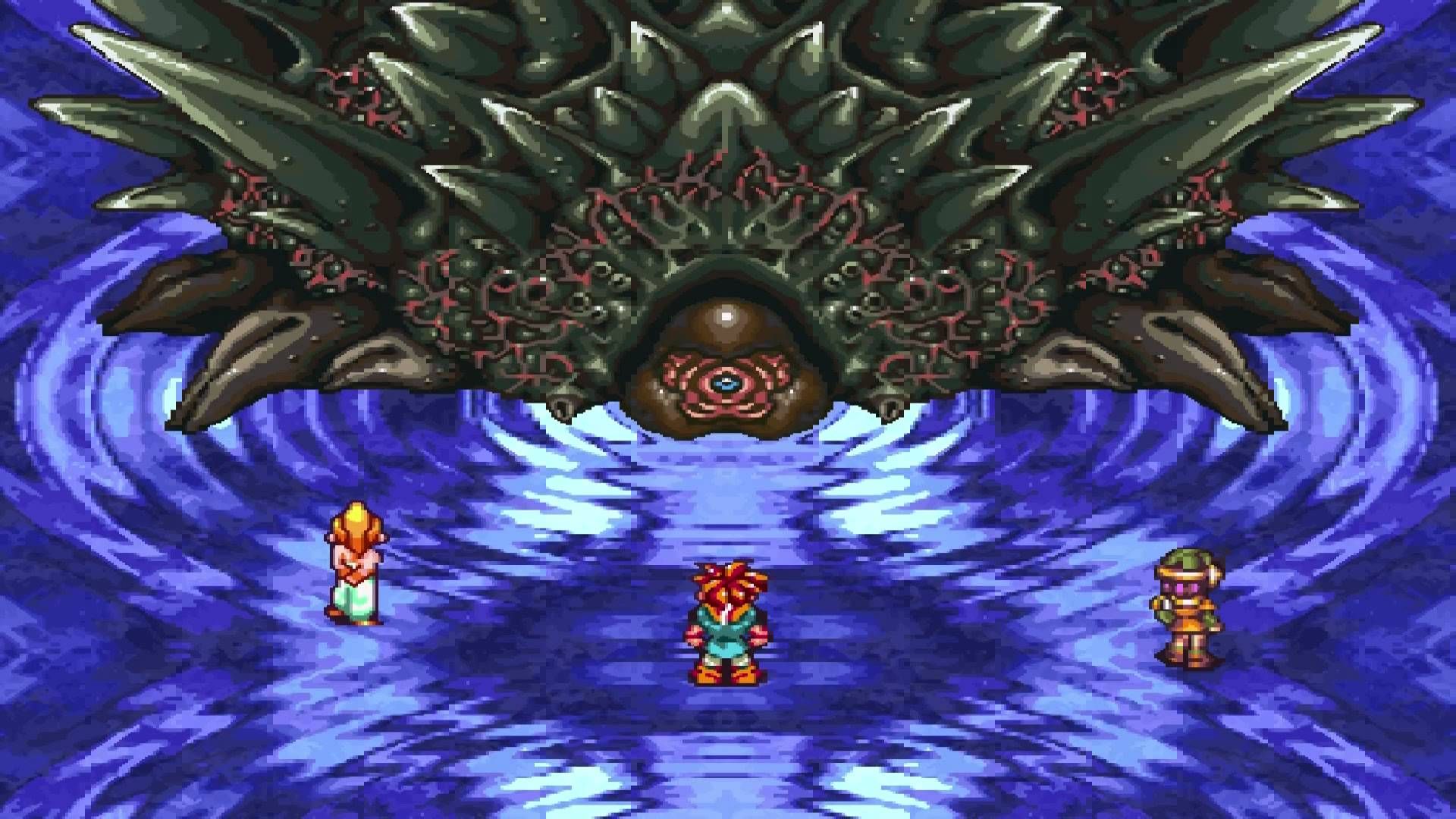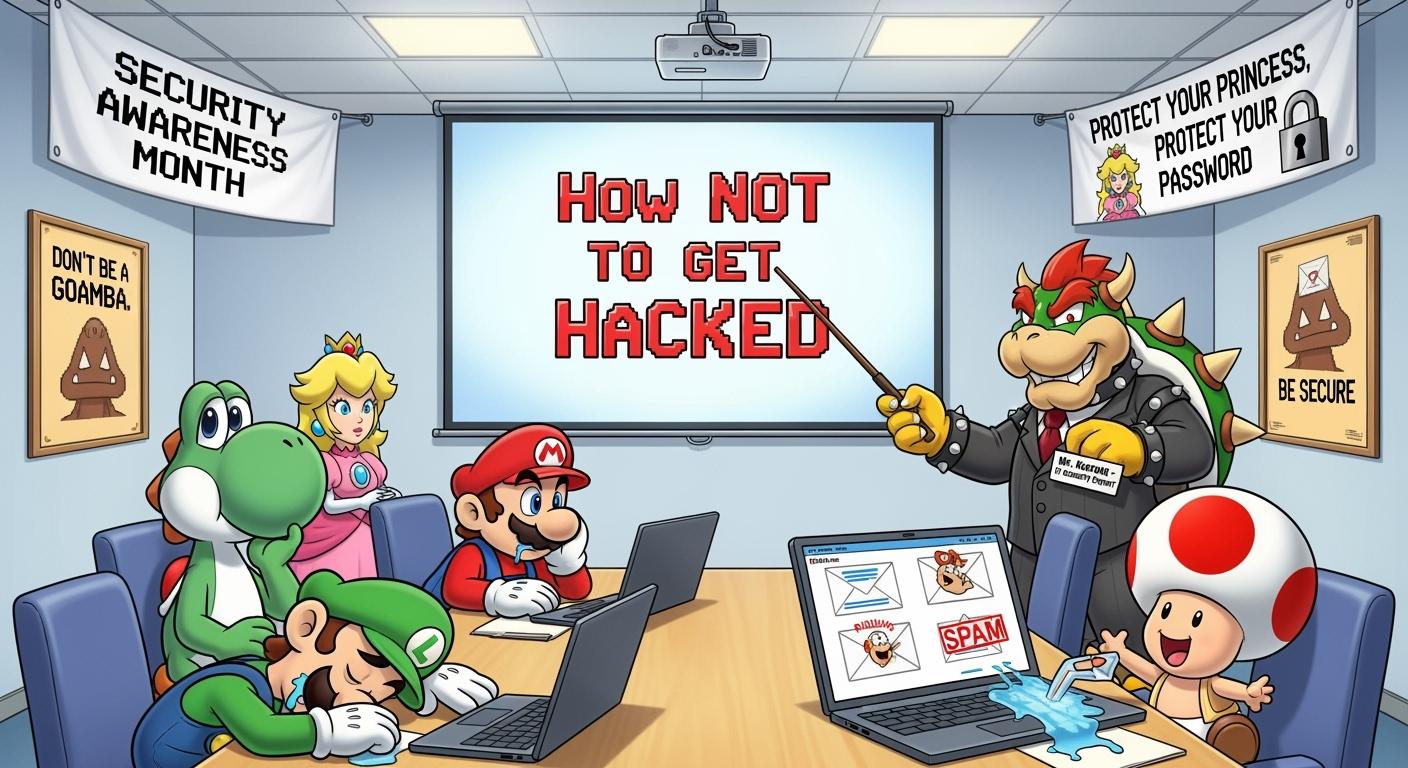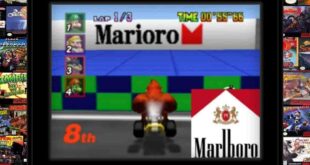Boss battles are the moments that define retro gaming. They are the ultimate tests of skill, patience, and determination, pushing players to their limits and rewarding them with some of the most unforgettable victories in video game history. In the days of the NES, SNES, Genesis, and even into the PlayStation and Nintendo 64 era, bosses were designed not only to challenge players but to leave a lasting impression that would be discussed on playgrounds, in magazines, and now across the internet decades later.
The golden age of retro gaming produced bosses that were larger than life. They came with dramatic music, unique mechanics, and often punishing difficulty spikes that separated casual players from true champions. Whether you were blasting through a side-scrolling action platformer, exploring a dungeon in an RPG, or fighting your way through an arcade cabinet, these encounters were the climax of everything you had learned along the way.
In this countdown we will revisit ten of the greatest boss battles in retro gaming. These are not simply fights, they are milestones that helped shape gaming history. Each one tested not only reflexes and strategy but also endurance and emotional resilience. Let us count down from number ten to number one and relive the battles that defined an era.
10. Dracula — Castlevania (NES, 1986)
Few villains are as iconic as Count Dracula, and Konami’s Castlevania made him one of the most feared final bosses of the NES era. Appearing at the top of his castle after hours of grueling platforming and monster slaying, Dracula brought players face to face with a challenge that combined unpredictable attacks with relentless intensity.
The fight begins with Dracula teleporting across the room and unleashing fireballs, forcing players to master precise timing and quick reflexes. Once defeated in his humanoid form, he reveals a monstrous second phase that pushed the NES hardware to its limits. Many players never saw this transformation, as the difficulty of the first phase was enough to stop all but the most persistent.
Dracula set the tone for every future entry in the series. His presence as the ultimate evil cemented him as one of the great recurring villains in gaming. Today, retro fans still consider him a rite of passage, and his role in Castlevania remains a perfect example of how a final boss should test every skill learned throughout the game. A deeper look into the original Castlevania can be found on Wikipedia.
9. The Yellow Devil — Mega Man (NES, 1987)
If you mention the hardest bosses on the NES, the Yellow Devil from the original Mega Man is almost always part of the conversation. This giant one-eyed monster broke the hearts of countless players with its brutal pattern-based attack. It would disassemble itself into pieces that flew across the screen, one by one, before reassembling on the other side to strike again.
To survive, players had to memorize the exact sequence of its movement and dodge with pixel-perfect precision. Missing a single jump often meant instant death. Adding to the difficulty was the limited window of opportunity to strike back, as the Yellow Devil’s weak point was only exposed for a brief moment. For many, the battle became less about raw reflexes and more about muscle memory and patience.
Though frustrating, the Yellow Devil taught players the importance of pattern recognition, a skill that would serve them throughout the series. It became a defining test for Mega Man fans, and its reputation for difficulty still sparks debate today. For retro gamers who want a challenge that demands absolute precision, the Yellow Devil is a must-face adversary.
8. Andross — Star Fox 64 (N64, 1997)
The Star Fox series gave players fast-paced 3D space battles, and Star Fox 64 elevated the formula with one of the most memorable bosses of the era: Andross. Appearing as a giant floating head with disembodied hands, Andross filled the screen in a way that felt overwhelming at the time. His menacing laughter and massive presence created an atmosphere of dread that made the battle unforgettable.
The fight itself combined the fast shooting mechanics of the game with the challenge of dodging enormous projectiles and hands that could swat your Arwing out of the sky. It required precise flying, quick reflexes, and an ability to remain calm in the chaos. The true version of the fight, unlocked by taking the hard path through the game, revealed Andross’s terrifying brain form, making the climax even more dramatic.
For many players, defeating Andross was the moment they felt the Nintendo 64 truly showcased the future of gaming. The scale, spectacle, and drama of the fight captured imaginations worldwide, and it remains one of the defining boss encounters of the 1990s. More about the history of Star Fox 64 can be found on Wikipedia.
7. Mother Brain — Super Metroid (SNES, 1994)
Mother Brain had already established herself as an infamous villain in the original Metroid, but Super Metroid on the SNES transformed her into one of the most emotionally powerful bosses of the era. After a grueling journey through Zebes, players faced off against her in a multi-phase battle that combined tension, spectacle, and narrative weight.
The battle escalated quickly as Mother Brain’s grotesque body unleashed devastating attacks, testing players’ ability to dodge and retaliate under pressure. The turning point came when the baby Metroid, which had imprinted on Samus earlier in the game, sacrificed itself to save her. This moment of selfless heroism stunned players and gave the boss fight an emotional depth rarely seen in gaming at the time.
Mother Brain’s fight was more than just a test of skill. It was a narrative climax that tied together themes of survival, sacrifice, and maternal connection. For many players, this was the moment that proved video games could deliver emotional storytelling on par with any other medium.
6. Psycho Mantis — Metal Gear Solid (PlayStation, 1998)
When Metal Gear Solid released on the PlayStation, it redefined cinematic storytelling in games. Nowhere was this more apparent than in the boss battle with Psycho Mantis. More than a fight, it was an unforgettable experience that broke the fourth wall and left players questioning the very boundaries of gaming.
Psycho Mantis showcased his psychic powers by reading the player’s memory card, commenting on the games they had played. He made the controller vibrate as if by telekinesis, shocking first-time players. Most famously, he could not be defeated until players physically switched the controller into the second port, a trick that baffled and delighted gamers in equal measure.
This battle exemplified the creativity of director Hideo Kojima. It was not about reflexes or strength but about breaking convention and forcing players to think outside the box. To this day, Psycho Mantis remains one of the most legendary boss encounters in gaming history, a true testament to innovation in design.
5. Lavos — Chrono Trigger (SNES, 1995)

As the central villain of Chrono Trigger, Lavos was not only a final boss but the force driving the game’s time-traveling narrative. His presence loomed over every era players visited, and the ultimate confrontation with him was one of the most ambitious finales of the 16-bit generation.
Lavos’s battle was unique because it could be approached in multiple ways. Depending on player choices, he could be faced at different points in the story, each with its own consequences and possible endings. His multiple phases tested every skill players had learned, from exploiting weaknesses to managing resources in marathon encounters.
The scale of the Lavos fight matched the epic narrative that preceded it. It was a true climax, offering both a gameplay challenge and narrative payoff. For players who grew up with Chrono Trigger, defeating Lavos felt like conquering destiny itself.
4. Sephiroth — Final Fantasy VII (PlayStation, 1997)
Sephiroth is one of the most recognizable villains in all of gaming, and his final battle in Final Fantasy VII is a perfect example of why he remains so iconic. After hours of buildup, betrayal, and tragedy, the showdown with Sephiroth delivered a climax that matched the epic scope of the story.
The battle unfolded in multiple stages, beginning with Jenova and escalating to Sephiroth’s godlike transformation into Safer Sephiroth. The fight was set to “One Winged Angel,” Nobuo Uematsu’s groundbreaking orchestral piece that blended Latin choral chants with rock influences. The music alone elevated the encounter to legendary status, creating a sense of awe and dread that still resonates with players today.
Mechanically, the fight tested everything players had learned about the Materia system, forcing them to use strategy, healing, and powerful summons to survive. Beating Sephiroth felt like a true triumph, and for many fans it remains one of the most satisfying boss battles ever created.
3. Shao Kahn — Mortal Kombat II (Arcade, 1993)
Arcades in the early 1990s were battlegrounds, and Shao Kahn from Mortal Kombat II was the ultimate bully. Towering over players, taunting them with lines like “You weak, pathetic fool,” and hitting with brutal attacks that drained massive amounts of health, he became infamous as one of the hardest and most unfair bosses in fighting game history.
What made Shao Kahn legendary was not just his difficulty but the atmosphere around him. Crowds would gather around arcade cabinets, cheering and shouting as players attempted to defeat him. Every victory against him felt like a public triumph, and his design embodied the arcade culture of the time.
Though cheap and relentless, Shao Kahn became a symbol of Mortal Kombat’s intensity. He was a boss that demanded respect, and defeating him was a badge of honor for any arcade warrior. His legacy continues in modern Mortal Kombat entries, where he is still remembered as one of gaming’s greatest villains.
2. Mike Tyson — Punch-Out!! (NES, 1987)
In 1987, Nintendo released Mike Tyson’s Punch-Out!! for the NES, and gamers quickly discovered one of the toughest bosses ever created. Facing the real-world boxing champion as the final fight turned the game into a cultural event. Beating Tyson became a badge of honor that only the most skilled players could achieve.
The fight was brutally difficult. Tyson’s opening barrage of uppercuts could knock players out instantly if they mistimed a single dodge. The pattern recognition and lightning-fast reflexes required made the battle one of the hardest challenges in all of retro gaming. For many, simply surviving the first minute of the fight was an achievement in itself.
Defeating Tyson brought enormous bragging rights, and his role as the final boss helped make Punch-Out!! one of the most legendary games of the NES era. Even today, retro fans attempt to prove their skill by taking him down, cementing his place as one of the greatest boss battles ever designed.
1. Ganon — The Legend of Zelda: Ocarina of Time (N64, 1998)
 WHO ELSE!?
WHO ELSE!?
At number one sits the battle with Ganon in The Legend of Zelda: Ocarina of Time, a fight that defined what a final boss could be. After hours of dungeon crawling, puzzle solving, and epic adventures across Hyrule, players faced Ganondorf in his human form inside his towering castle. But the true climax came when he transformed into the monstrous beast Ganon.
The battle combined everything that made Zelda great: swordplay, strategy, and cinematic drama. Zelda herself played a role, using her power to aid Link as he fought the towering demon. The collapsing castle, the fiery arena, and the ominous music created a sense of scale and intensity unmatched at the time. It felt like the perfect culmination of the hero’s journey.
Defeating Ganon was more than just finishing a game. It was the emotional high point of a quest that had taken players through one of the most beloved adventures in history. For millions of fans, this showdown remains the definitive boss battle of the retro era.
Conclusion
Boss battles are the heart of retro gaming. They weren’t just obstacles; they were defining moments that tested skill, patience, and determination while delivering intense emotional payoffs. Whether it was the creeping dread of Dracula’s final form or the operatic spectacle of Sephiroth descending from the heavens, these encounters weren’t just fights. They were stories. They were the moments you’d rush to share with friends on the playground, the victories you’d replay in your mind, and the seemingly impossible challenges that, once overcome, made you feel unstoppable.
What made these bosses so unforgettable wasn’t just their difficulty. It was their design, their atmosphere, and the way they made players feel like heroes. In an era with limited technology, developers relied on creativity, tight mechanics, and a strong sense of identity to craft experiences that transcended the pixels on screen. These fights weren’t flashy set pieces. They were earned moments of triumph built on repetition, mastery, and raw willpower.
The ten bosses featured here are more than just nostalgic callbacks. They are historical markers of gaming evolution. Each one pushed boundaries, introduced new mechanics, or redefined how storytelling could be delivered through gameplay. They were bold, inventive, and often brutally difficult. But they taught players to persevere, to adapt, and most of all, to feel.
For anyone wondering why retro games still hold such a revered place in gaming history, these boss battles offer a clear answer. They remind us that great games aren’t measured by graphics or realism, but by the emotions they evoke and the memories they create. And decades later, those memories are still very much alive, just one boss fight away.
 Retro Replay Retro Replay gaming reviews, news, emulation, geek stuff and more!
Retro Replay Retro Replay gaming reviews, news, emulation, geek stuff and more!












That damn egg guy in megaman. It was the only game I owned then. Only to find out…there was another boss after. 🤦